How to Prepare a Car for Winter
During cold weather, a car has to work in quite harsh conditions, like sudden temperature changes, slippery or wet road surfaces, and exposure to chemicals (salt and sand on the roads). In order to be able to fully rely on your vehicle in winter, it’s better to prepare it for cold weather in advance.
5-Minute Crafts made a list of things to pay attention to when preparing your vehicle for winter.
Pay attention to the tires.
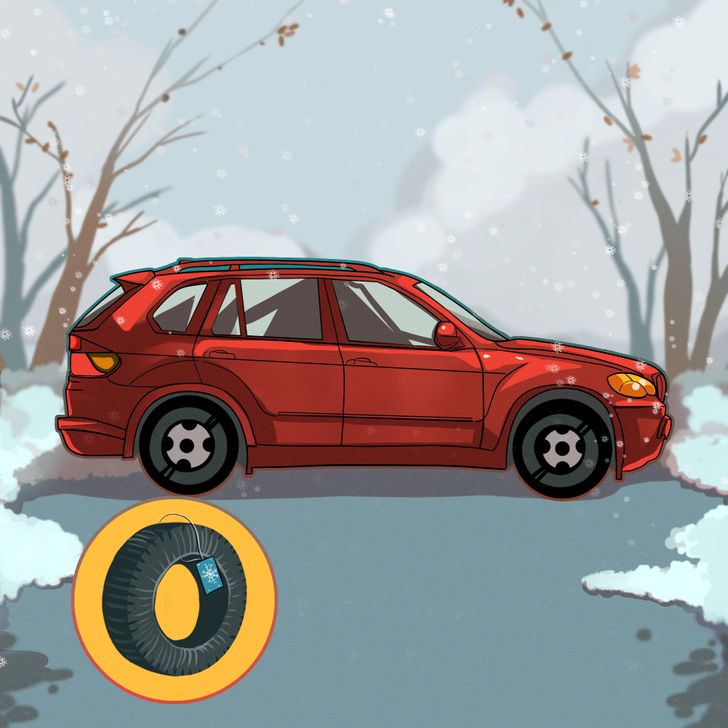
- Examine the tires. Make sure they are in good condition. If any defects, like cracks, scratches, etc., are spotted, find out how serious they are. Consider changing the tires that are more than 5 years old. After this period, rubber normally loses its properties.
- Check the tread depth. In the winter period, it’s extremely important to have tires with deep tread depth. They will provide good traction and facilitate safe maneuvers.
Make sure to check the tread wear on your car’s tires before winter. Its minimal depth should be 1.6 mm, but still, in wintertime, it’s better to have a tread depth of at least 3 mm for a more reliable grip with the road. - Consider getting winter tires. If the winters in your region are snowy, make sure to replace summer tires with special snow ones. If apart from snow, ice forms on the roads in your neck of the woods, consider getting studded winter tires.
- Check the pressure in the tires. In frosty weather, the pressure in tires decreases. Driving with tires that have low pressure can be dangerous, which is why it’s important to regularly monitor the tire pressure.
You can learn about the recommended pressure for the tires of your vehicle in its manual. If it turns out that the tires need to be inflated, you can contact a mechanic for help or use the pump yourself.
Check the condition of the main vehicle liquids.
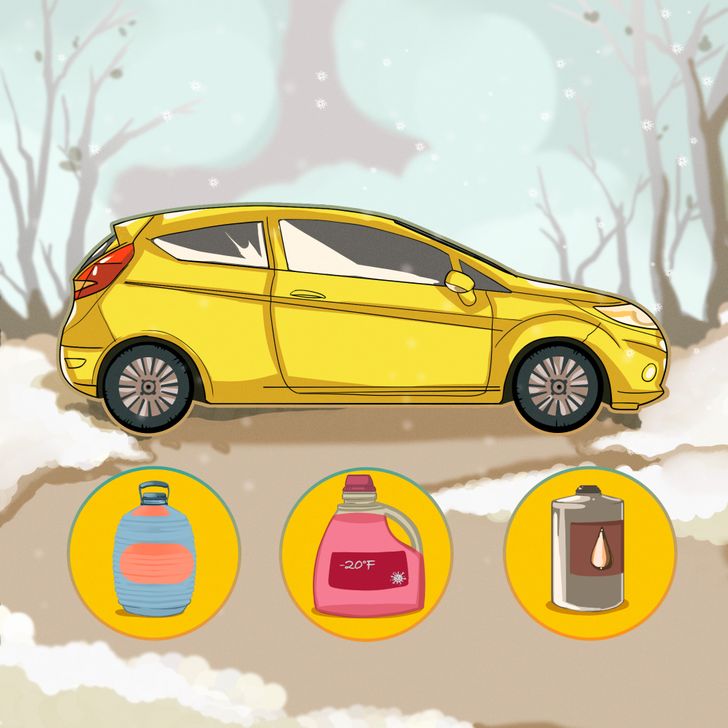
Checking the levels of oil, anti-freeze, and windshield washer fluid in a timely manner can save you from getting into some unpleasant situations on the road.
- Change the windscreen washer fluid. Make sure the liquid in your windshield washer can work at low temperatures. Regular water won’t be able to effectively remove dirt on your windshield in winter. If it’s freezing inside the car, you can expect damage to the windshield washer systems.
Also, check the washer fluid level regularly to ensure safe driving.
❗ Do not put anti-freeze in the washer bottle to avoid damaging the surface of the vehicle. - Check the level of the cooling liquid. Anti-freeze helps prevent the engine from overheating or freezing in winter. To make sure these fluids work at temperatures down to −34° Fahrenheit, the radiator must contain equal parts of anti-freeze and water.
Apart from that, make sure the level of the coolant is lower than the maximum and higher than the minimum mark. - Check the level of engine oil. Cars running at low oil levels often break down in winter. Therefore, make sure to check the amount of oil in the car and top it off if necessary to avoid serious engine issues.
Replace wiper blades.
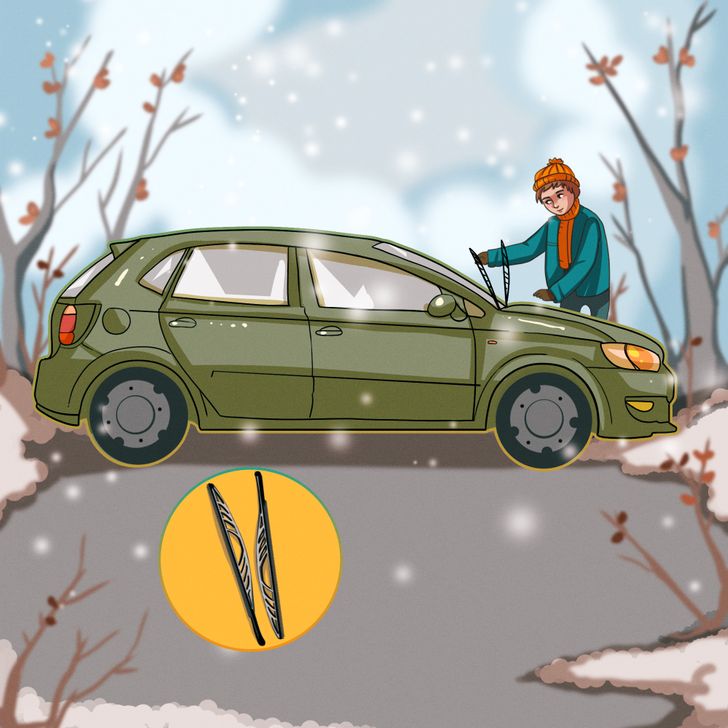
Wiper blades wear out faster than many car owners think. In most cases, they stay in good serving condition for about 1 year. If you notice streaks on your windshield often, you should probably replace your wipers. Don’t put off buying the new wiper blades and remember that bad visibility is one of the most frequent reasons for car accidents.
✅ Use a special scraper for removing ice from the windshield. When parking your car in freezing weather, slightly lift the wipers to prevent them from sticking to the windshield.
Check your car battery.
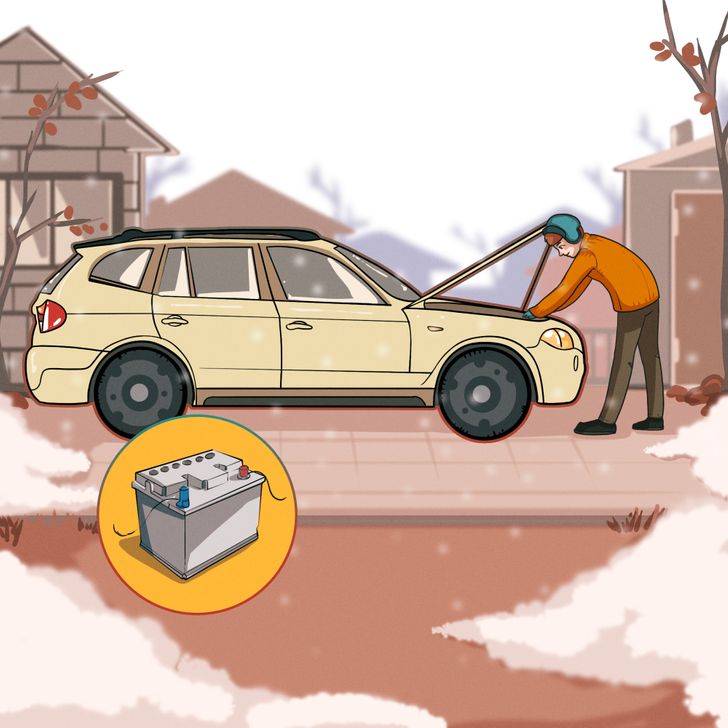
A vehicle requires more energy in winter to start a cold engine and heat up the interior, which is why it will be actively consuming the battery. A weak or faulty battery may perform poorly and refuse to start in cold weather.
Check the condition of your car battery with a special tester before winter. You can also take the car to a mechanic so that a specialist can examine it. If the battery in your vehicle is older than 5 years, consider replacing it.
Think about protecting the car’s coating.
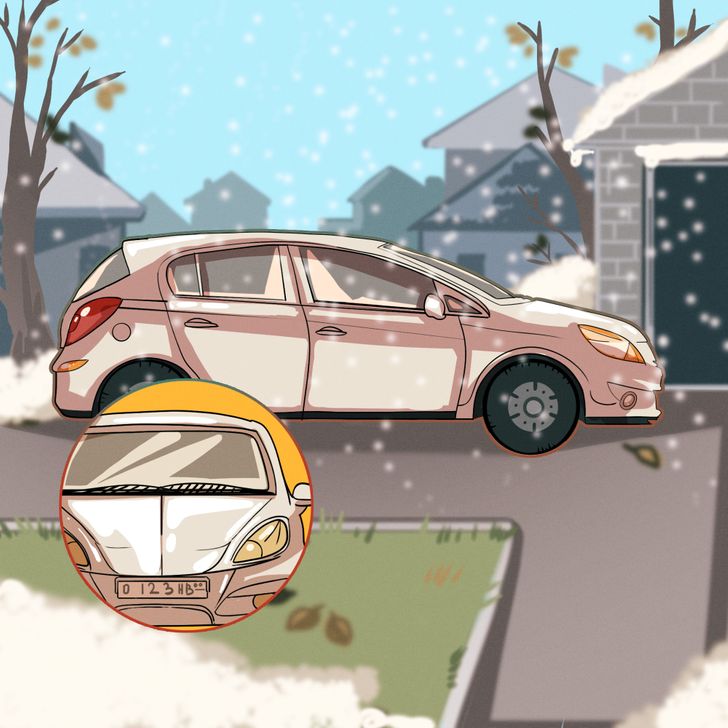
To reduce slipping on ice, roads in winter are often covered with sand or salt. This method is quite effective, but it can negatively affect the coverage of the car. This is all because abrasive substances not only prevent slipping, but they also leave micro damages on the vehicle’s surface when coming in contact with it.
To protect the car’s coating in winter, experts recommend that you regularly visit car washes, apply special wax to the surface of the car, and also think about a shelter/garage where it will be convenient to leave the parked car.